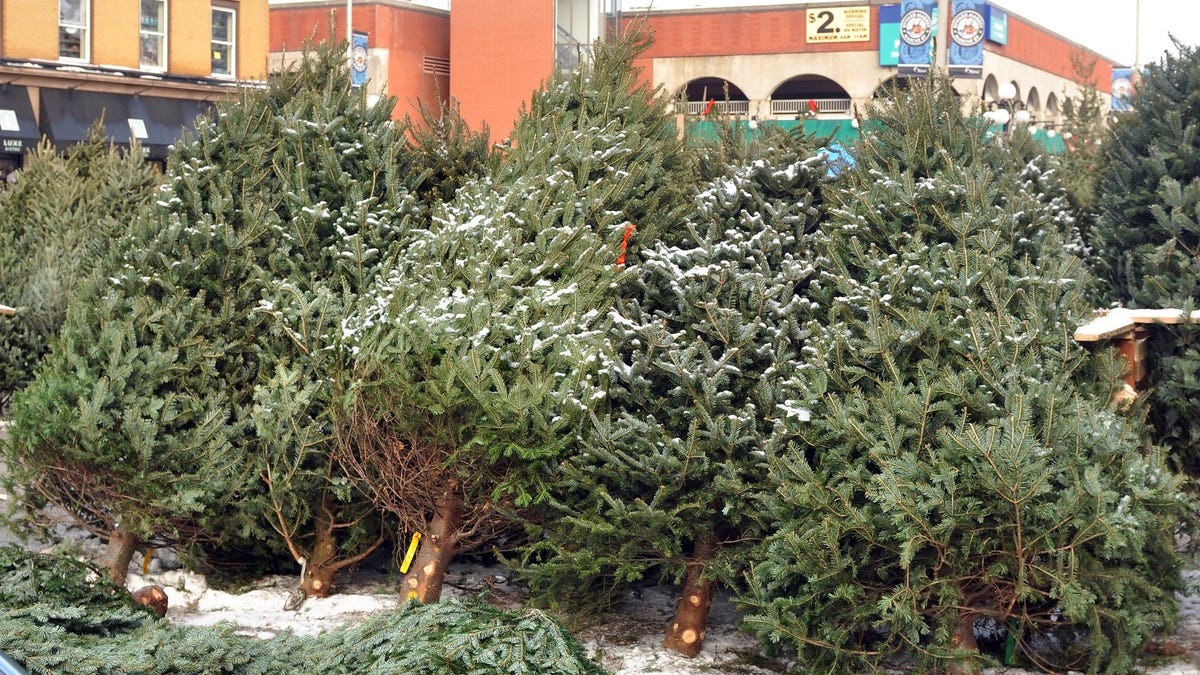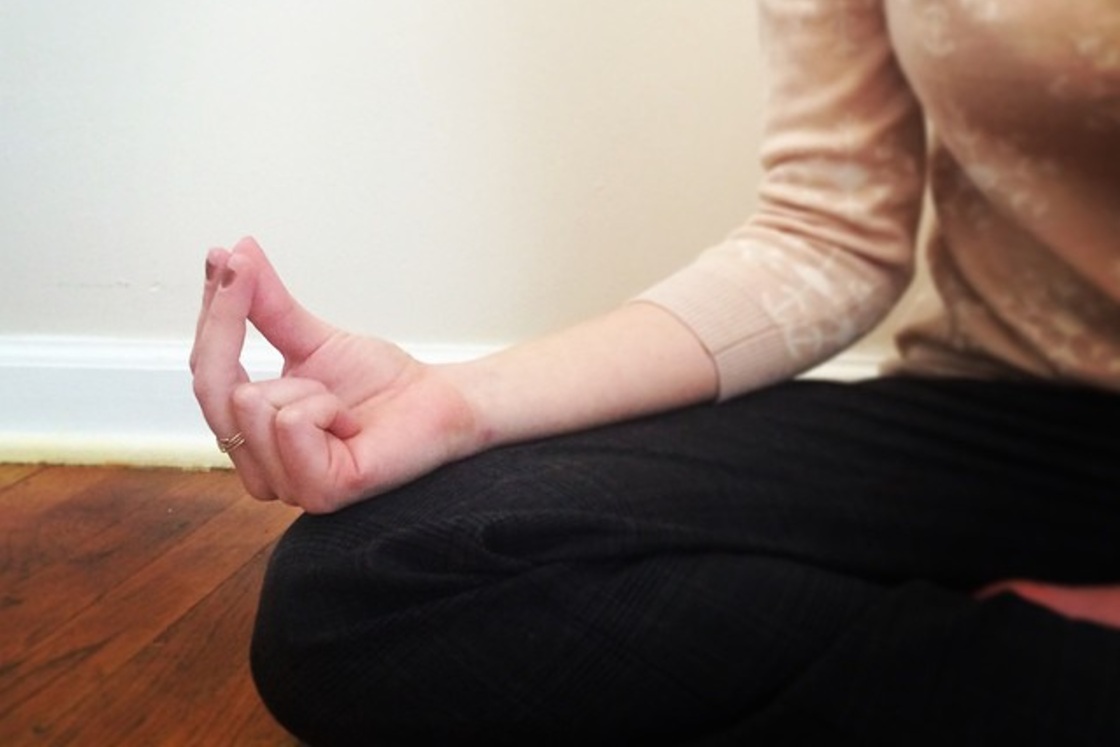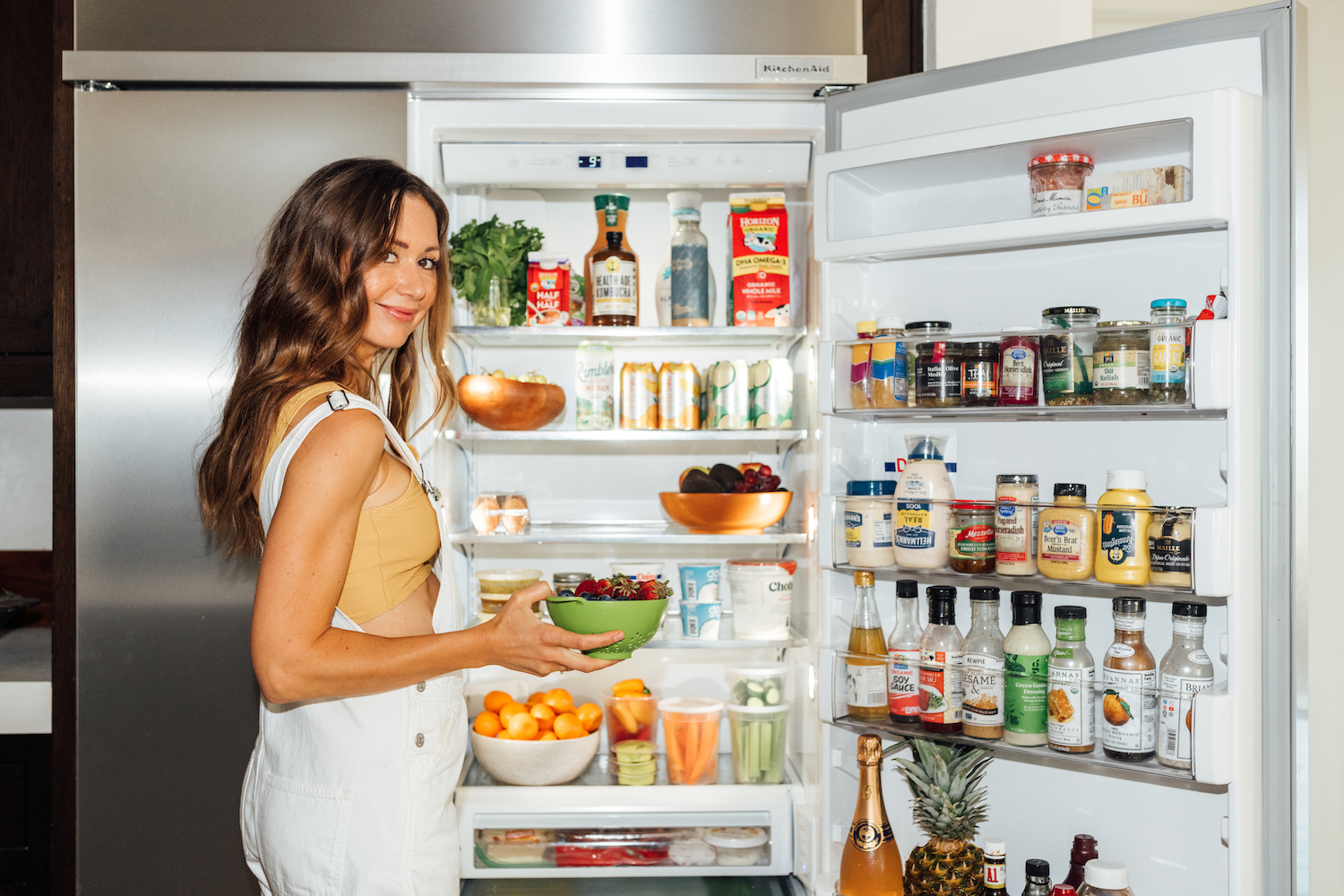15 of the Best Species of Live Christmas Trees (and Which to Choose)
If you celebrate Christmas, you probably have a decorated tree set up somewhere in your house. As a kid, the tree in my house was a dusty old artificial model that had to be assembled branch by branch. We...


Photo: Paul McKinnon (Shutterstock)
If you celebrate Christmas, you probably have a decorated tree set up somewhere in your house. As a kid, the tree in my house was a dusty old artificial model that had to be assembled branch by branch. We always kept it in the basement, stuffed into a cardboard box, and every holiday season, unboxing it was a game of Spider Or Not?
At some point my parents decided a real, live tree would be a more dignified option (which changed our annual game to one of Squirrel Family or Not?), and thus began our tradition of standing around various parking lots while gruff men cheerfully sold us what appeared to my young eyes to be a random pine tree.
But these trees weren’t random! And nor should they be: You actually have a surprisingly wide range of tree species to choose from for the centerpiece of your holiday decorating. If you’re in the market for a real Christmas tree this year, here are the 15 best types—and why you would choose each one over all the other trees in the lot.
The Fraser Fir

Photo: Amy Lutz (Shutterstock)
The Fraser Fir is one of the most popular choices in the country for Christmas trees. Native to the Southeastern U.S. (according to the North Carolina Christmas Tree Association, 58 million are grown in that state alone), the Fraser Fir can be recognized by the silvery underside to its needles. These trees last a long time in your living room—up to six weeks—and don’t shed their needles too badly, and their branches are sturdy and hold decorations easily. So if you’re looking for a tree that will still look good when you finally give in to societal pressure and take it down some time in late January, this is the way.
Colorado Blue Spruce

Photo: barmalini (Shutterstock)
If you want something a little different, a Colorado Blue Spruce is a good choice. It has a distinct bluish tinge instead of the traditional green, and it grows into a near-perfect triangle shape. While you have to consider the color when selecting ornaments, with a little thought, the Blue Spruce can have a major impact on your holiday decor. Plus, it’s a sturdy tree with branches that can hold heavy ornaments without trouble. Like a lot of sturdy trees, however, the Colorado Blue Spruce will have its revenge on you via its extremely pin-like needles, which will stab you relentlessly unless you wear gloves while decorating.
Balsam Fir

Photo: Sonia Horowitz (Shutterstock)
If the main reason you love a real Christmas tree is that pine-y scent that reminds you of being out in a snowy wood at night, the Balsam Fir is your choice. Featuring flat, dark needles, the Balsam is one of the most fragrant species of tree traditionally used for the holidays. One of the downsides is its fragility: Balsams dry out fast (though they do tend to hang onto their needles), so keeping them watered is essential—but even so, you probably won’t want them in the house for too long after the last of the eggnog has been sipped. Its branches are also fairly flexible, which makes them no good for heavy ornaments or a lot of decorations, as the branches will sag and let them slip off. But if you want that holiday smell in the air, go Balsam.
Douglas Fir

Photo: Jacquie Klose (Shutterstock)
The stately Douglas Fir typically has a perfect triangular shape and a full-bodied presence that makes it perfect for big rooms. If you like to set up in a room that makes most trees look like Charlie Brown’s, a Douglas Fir will fill the space nicely. The tree also smells great, filling your home with a Christmas-y scent. The needles are soft, so this tree won’t hurt you, but its branches aren’t terribly strong, so don’t hang a lot of heavy ornaments on it.
Grand Fir

Photo: Ophe (Shutterstock)
Aromatic and sporting a lush, dark green color, Grand Fir trees have soft needles that can get as long as two inches, though 1-1/2 inches is typical. This makes them a great choice for a minimalist decoration scheme, because Grand Fir trees look beautiful all on their own. If you’re the type who puts some tasteful garland and a few specific ornaments on your tree, a Grand Fir can fill in the rest nicely. It also smells great, making the whole house smell like Christmas.
Noble Fir

Photo: Menno van der Haven (Shutterstock)
Combining impressive scale with sturdy branches that can hold a lot of weight, the Noble Fir is a big tree that fills up spaces. The Noble also sports attractive cones that add a bit of depth to the look, making these trees a good choice for a minimalist decoration scheme, as well (not to mention a great choice for wreaths and other non-tree decorations). That means if you have an enormous Great Room but you don’t like a ton of garish ornaments, the Noble Fir will scale well without requiring a six-hour trimming section—toss on some garland, and go have a drink.
Virginia Pine

Photo: Blueee77 (Shutterstock)
If you want a tree that smells great and does the job of being a Christmas Tree very well but doesn’t break the bank, your most budget-friendly choice is probably the Virginia Pine. It looks like a Christmas Tree should, its branches are strong and can carry plenty of ornaments, and it’s probably going to be the lowest price point at your tree lot, though of course, prices will vary. That being said, the Virginia Pine has one major downside: It is sticky AF. There is a lot of sap in these trees, and if you don’t wear gloves when you handle it, there will be a lot of sap on you.
White Fir

Photo: Nahhana (Shutterstock)
Do you regularly kill houseplants? Have you occasionally forgotten to feed pets, or even your own children? Then the virtually unkillable White Fir is the perfect choice for your Christmas Tree needs. With a beautiful cone shape, a pale, blue-green color, and long, soft needles, the White Fir will look the part with style. But its hardiness is why you want one: This is a tree you can set up, admire for one night, then go on a two-week vacation—and it will be fine when you get back.
Arizona Cypress

Photo: freddie peaches (Shutterstock)
With a pale, gray-green hue and small needles, the Arizona Cypress offers a different look for your holiday decorating. The contrast between the pale green needles and the reddish branches will make it pop no matter what you hang on it—and in fact, it’s a good choice for both minimalists and folks who have seven boxes of family ornaments that absolutely must be hung every year. If you’re looking for something just a little off-beat, this is a great choice.
Norway Spruce

Photo: RoxannaR (Shutterstock)
If you want to go big and glamorous, why not choose the same tree species that’s featured at Rockefeller Center in New York City every year—the Norway Spruce. It’s a lush, gorgeous tree with a bright green, festive coloring, and looks like a Christmas tree from a holiday card. There’s one major drawback: The Norway Spruce is delicate, and won’t last much longer than a week, even if you water it dutifully (which you must). On the other hand, that makes it ideal for all you Scrooge-adjacent humbugs who reluctantly decorate for Christmas the week of and take everything down the moment the last piece of wrapping paper is discarded.
Scotch Pine

Photo: Ruud Morijn Photographer (Shutterstock)
The Scotch Pine (sometimes called a Scots Pine) is a good choice if you have a lot of heavy ornaments to hang, because the branches are strong and curve slightly upward, almost as if they were designed to hold that heirloom ornament apparently made from solid lead. They also retain their needles and tolerate neglect, meaning if you forget to water them, they still look great. That makes a Scotch Pine a great choice if you put your tree up on Black Friday and leave it there until spring, but that kind of longevity comes with a catch: Its needles are tiny murder razors. Seriously,wear gloves while handling.
White Pine

Photo: Edward Fielding (Shutterstock)
If you’re not much into ornaments and want a basic, low-cost, low-maintenance tree, the White Pine is a good choice. It’s easy to find and generally on the cheaper end, it has soft needles and low scent, so it won’t cause trouble, and it looks really nice. That being said, the branches are wimpy and won’t hold ornaments well, so this is a good tree for someone who strings some lights and calls it a day. This also makes it a good tree for homes with lots of little kids, because it won’t scratch them, make them too sticky, and it’s a good tree for paper garlands and other low-density, homemade decorations.
Leyland Cypress

Photo: Darryl Brooks (Shutterstock)
If you suffer from allergies, you might notice that bringing a real tree into the house doesn’t help matters. In that case, a Leyland Cypress—most popular in the Southeast—is a good choice. It’s an attractive tree with soft needles, but it produces no pollen (it’s a sterile hybrid), doesn’t have a strong smell, and doesn’t produce sap. That makes it as close to a hypoallergenic tree as you can get and still have a real Christmas tree in your house.
Nordmann Fir

Photo: L Holling (Shutterstock)
The Nordmann Fir is almost the perfect average Christmas tree. It has a nice triangular shape, tolerates drought well, and sports soft needles that don’t fall off easily. It’s a tree that won’t stand out, but also won’t disappoint, so if you’re the type who doesn’t want to spend more than five minutes picking out a tree, the Nordmann Fir is an excellent choice because you can’t go wrong. Plus, if you’re not looking to make your whole house smell like Christmas, this is a low-scent option.
European Silver Fir

Photo: ON-Photography Germany (Shutterstock)
The European Silver Fir is an old-school choice for Christmas trees in Europe. If you have a lot of large ornaments that need space to shine, this tree species features widely-spaced branches that work well with larger decorations. You can also use (electric) candles with this tree for a really traditional look because there’s plenty of room between the branches. The European Silver Fir has slipped a bit in popularity as a holiday tree, but is ideal for folks seeking some historical charm.

 Tfoso
Tfoso 
































